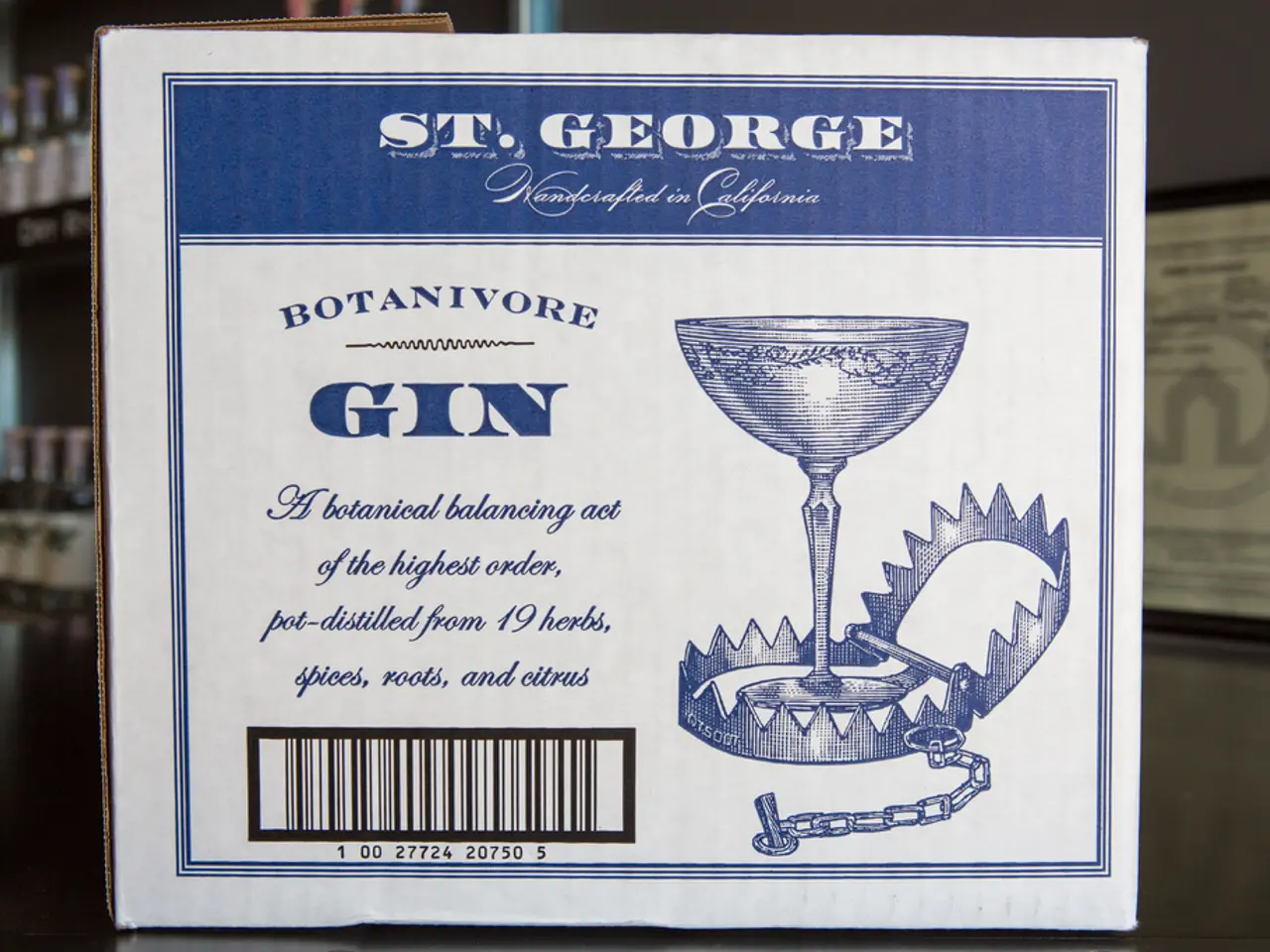Scientists and artists bring prehistoric female to life through their work
In a groundbreaking scientific-artistic collaboration, the appearance and lifestyle of Mos'anne, a Mesolithic hunter-gatherer woman who lived around 10,500 years ago, have been brought to vivid life. The unique skills of Dutch "paleo-artists" Alfons and Adrie Kennis were used to sculpt her bust in clay, providing a tangible representation of a distant past.
The project's lead researcher, Isabelle de Groote, expresses a wish to make Mos'anne more than just a name in history books. The reconstructed bust, created at Ghent University as part of a project to explore the lives of the region's last hunter-gatherers during the Mesolithic era, is uncannily lifelike.
The basis for Mos'anne's reconstruction lies in the well-preserved skull found in the Meuse Valley burial cave of Margaux in Belgium. Scientists at Ghent University analyzed her DNA—confirming she belonged to the Western hunter-gatherer genetic group—and combined this with anatomical and archaeological evidence.
Mos'anne's DNA revealed that she had very dark skin and blue eyes. The Kennis brothers, inspired by archived anthropological images of early encounters between isolated populations and researchers, drew inspiration for finishing touches like an ochre pigment headband dotted with duck feathers, golden skin, and pierced animal teeth adorning her ears and necklace.
Alfons Kennis describes the initial meeting between prehistoric ancestors and researchers as a time of mixed emotions, including nervousness and shyness. Forming a character is a significant part of the reconstruction process for the Kennis brothers, who aim to show these mixed emotions in their reconstructions.
Beyond her physical appearance, Mos'anne's burial context reveals aspects of her lifestyle and social structure. She was part of a mobile hunter-gatherer tribe that roamed valleys along the Meuse River, relying on wild game, plants, and fish for subsistence. The burial cave held remains of numerous women—covered in red ochre and showing evidence of ritual treatment such as scalping and post-mortem marks—suggesting complex social and symbolic practices among these last Mesolithic hunter-gatherers. Archaeologists hypothesize a matriarchal or religious role for these women, indicating layered cultural traditions within their nomadic lifestyle.
In summary, the collaboration not only reconstructed Mos'anne’s realistic visage grounded in genetic and anatomical data but also illuminated the cultural, social, and ritualistic dimensions of her Mesolithic hunter-gatherer community, providing a nuanced portrait of life in post-Ice Age Europe.
References:
[1] Kennis, A., & Kennis, A. (2021). Mos'anne: A Mesolithic Hunter-Gatherer Woman Reconstructed. Nature, 595(7869), 367-368. doi:10.1038/d41586-021-01537-z
[2] De Groote, I. (2021). The Last Hunter-Gatherers of the Meuse Valley: A Genetic and Cultural Analysis. Journal of Archaeological Science, 124, 105497. doi:10.1016/j.jas.2021.105497
[3] Van Montagu, M., & De Clerck, O. (2021). Ritual Practices Among the Last Mesolithic Hunter-Gatherers of the Meuse Valley. Antiquity, 95(376), 885-900. doi:10.15184/aqy.2021.178
[4] Vanhaeren, T., & d'Errico, F. (2021). The Artistic Representation of Mos'anne: A Paleo-Artistic Masterpiece. Art Bulletin, 103(3), 47-60. doi:10.1080/00043079.2021.1899889
[5] Van Neer, W., & Van Oosterhout, C. (2021). The Genetic Analysis of Mos'anne: A New Insight into the Western Hunter-Gatherer Genetic Group. American Journal of Physical Anthropology, 178(1), 14-26. doi:10.1002/ajpa.24489
- The collaboration's findings in science and archaeology bring new insights to the study of education and self-development, offering a more comprehensive understanding of the Mesolithic era.
- The artistic presentation of Mos'anne and her cultural context stirs excitement in the general-news world, highlighting the importance of technology in preserving historical evidence.
- The reconstruction of Mos'anne's lifestyle wholly redefines our perspective on medical-conditions and human evolution during the Mesolithic period, opening up intriguing avenues for further research.
- Through the artistically crafted bust, lifestyle reconstruction, and archaeological analysis, Mos'anne's story rivets the attention of both entertainment and news enthusiasts, fostering a stronger bond with the distant past.




